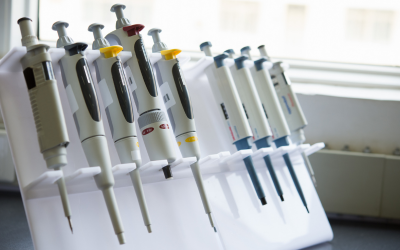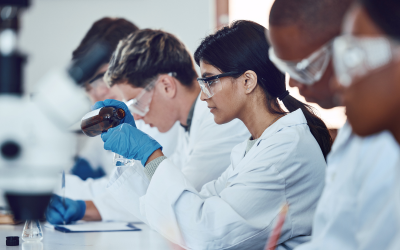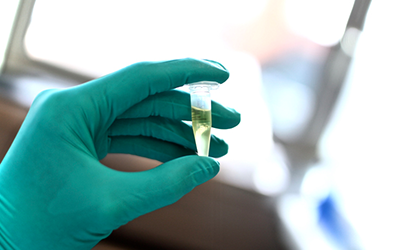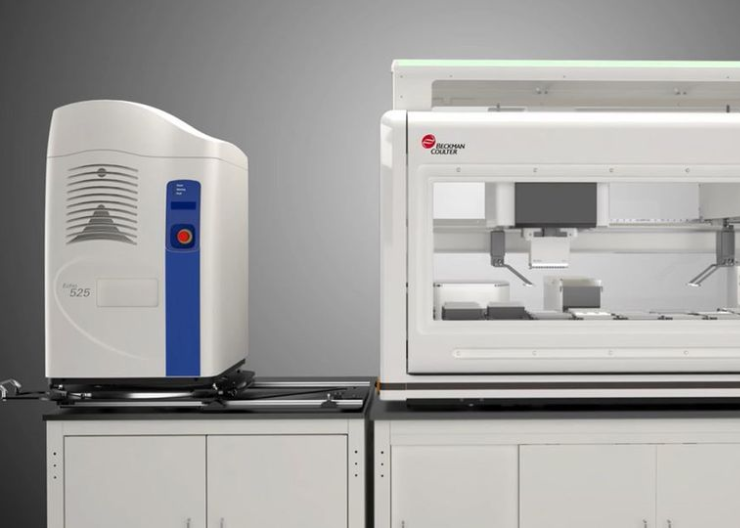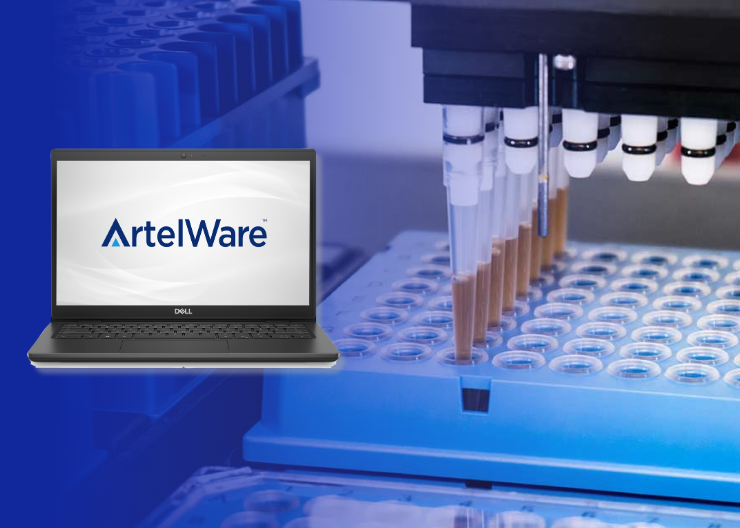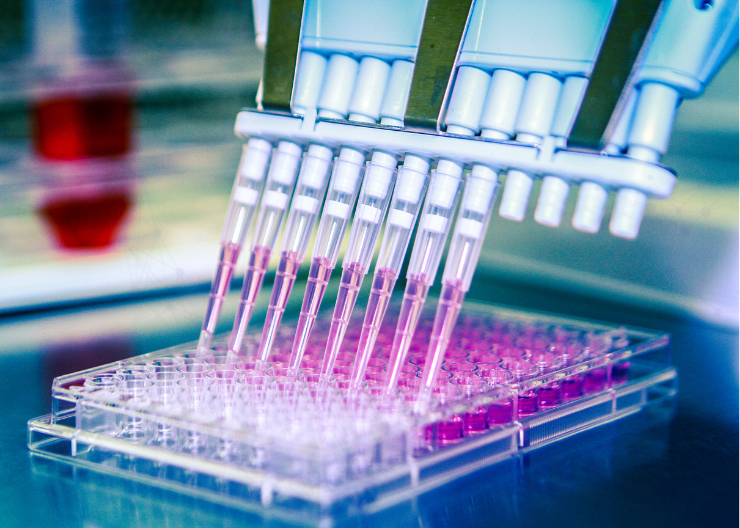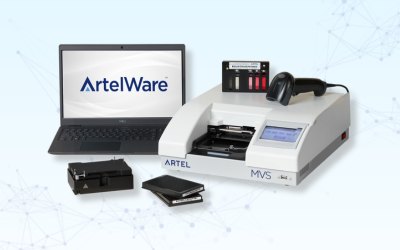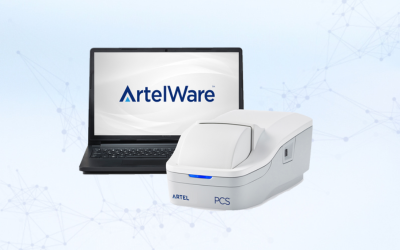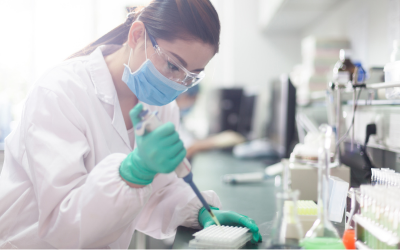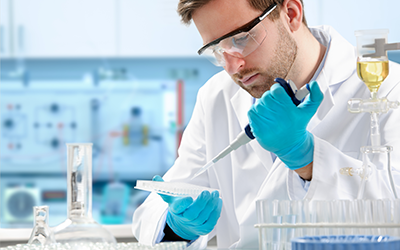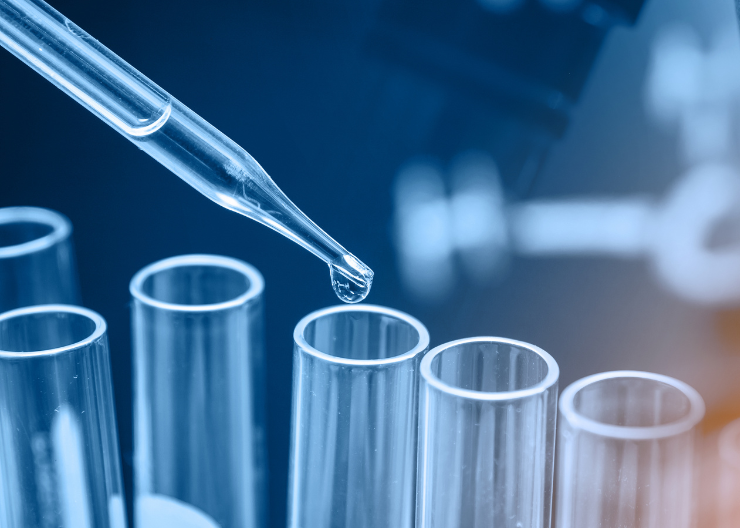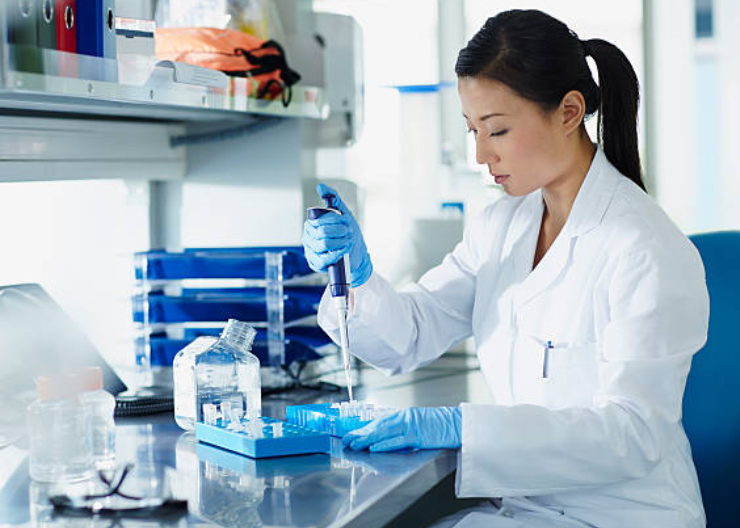Regulatory Spotlight
Equipment calibration is a necessary and common fact of life in regulated laboratories, and the decision on how to calibrate often begins with a simple choice of whether to contract an outside service, or to keep it “in-house” and do it yourself. Laboratories have a variety of reasons for choosing in-house calibrations. Whether to enhance control, save money, save time (by avoiding the need to decontaminate and ship), or simply keeping people busy and productive – calibrating in-house is a common practice. This “Regulatory Spotlight” is aimed at helping laboratories understand what they need to do to make sure that in-house calibrations meet traceability requirements.
From a scientific perspective, calibrations are better when the results are “traceable”, but what does that mean? Traceability (more properly called metrological traceability) is defined authoritatively in the VIM (ref) as: “the property of a measurement result whereby the result can be related to a reference through a documented unbroken chain of calibrations, each contributing to the measurement uncertainty.” This is a nice definition, but doesn’t describe the reasons why traceability is important.
The actual scientific benefit from traceability is the data integrity resulting from what students of logic call the “transitive property” which, when you think about it, is almost common sense. That is, if you calibrate two different pipettes, and they are both traceable to a common reference, then you can be pretty sure that they are delivering about the same amount. But if they are traceable to different references then you can’t be sure they are delivering the same amount. Think back to earlier times when the measurement unit known as a “foot” was based on the actual length of the king of the realm’s foot. If one kingdom had a king with big troll sized feet, and a neighboring kingdom was ruled by a monarch with little elfen feet, then there would be two conflicting measurements of length, each called a “foot”. Imagine, then, the difficulty in conducting science, law, communications, commerce in general – for example in purchasing building materials or, say, shoes – between and among the countries with different actual “foot” lengths. … but I digress, and am not telling you the real reason most laboratory managers want to make sure that calibrations are traceable.
So what is the real reason that most laboratory managers give for calibrating their equipment? (drum roll please) … Because the law says they have to! And what is the real reason for making sure these calibrations are traceable? You guessed it again. Traceability in calibrations is either a requirement, or strongly encouraged in every type of regulated laboratory.
So, rather than fight it, let’s look at straightforward guide to compliance with even the most demanding traceability requirements. There are a variety of guidance documents about achieving metrological traceability; one of the easiest to find (it’s free) and read (it’s short) is found in the policy document P102 published by the American Association for Laboratory Accreditation (ref to website link). Within this P102 policy, section T9 covers in-house calibrations and contains five specific requirements for performing a traceable calibration. Briefly re-stated these five are:
- Documentation of Calibration Procedures and Retention of Records.
- Training of Calibration Personnel.
- Traceability to the International System of Units (SI).
- Evaluation of Measurement Uncertainty.
- Recalibration of Reference Standards.
Of these five, Evaluation of Measurement Uncertainty is the most mathematical, and is often the most difficult. Fortunately, a number of companies including Artel, have begun assisting customers in meeting these requirements.
For volumetric calibrations – which is our concern in the world of hand-held pipettes and automated pipetting equipment – Artel offers products and services to meet all five traceability requirements. These are shown in Table 1.
|
Hand-Held Pipettes |
Automated Pipetting Equipment |
| 1. Documentation of Calibration Procedures & Records |
- PCS Procedure Guide
- Document Templates
- Paper Calibration Reports
- Electronic Records
|
- MVS Procedure Guide
- Document Templates
- Paper Calibration Reports
- Electronic Records
|
| 2. Training of Calibration Personnel |
- Pipette User Certification
- PCS User Training
|
|
| 3. Traceability to SI |
- Artel’s Laboratory Accreditation to ISO 17025
|
- Artel’s Laboratory Accreditation to ISO 17025
|
| 4.Evaluation of Measurement Uncertainty |
- Automatic calculation within PCS Firmware
|
- Uncertainty Documentation
|
| 5. Recalibration of Reference Standards |
- PCS Calibrator Kit with ISO 17025 Certificate
|
- MVS Calibrator Plate
- Recalibration Service with ISO 17025 Certificate
|
By working to these five requirements, any laboratory can easily make their in-house calibration traceable, and be assured that their liquid handling processes, per se, are robust and doing their part in maintaining laboratory data integrity.


